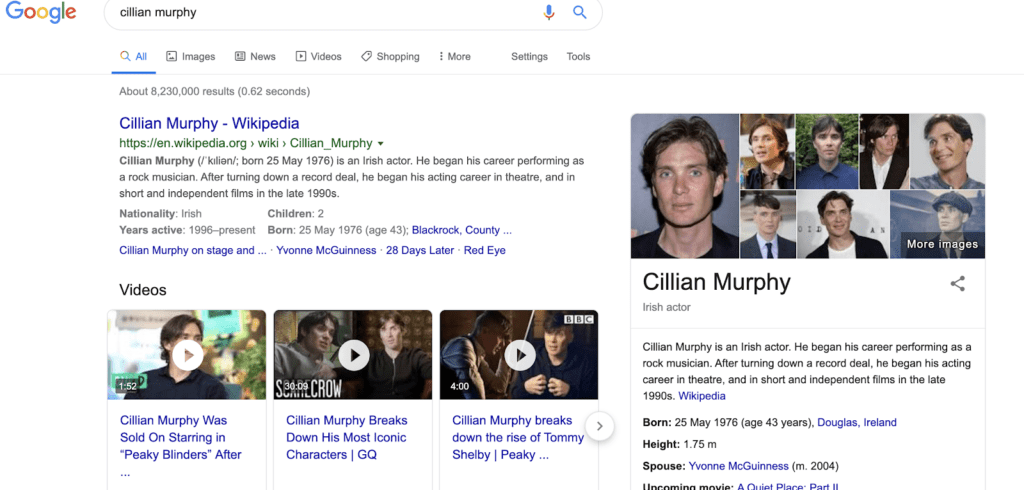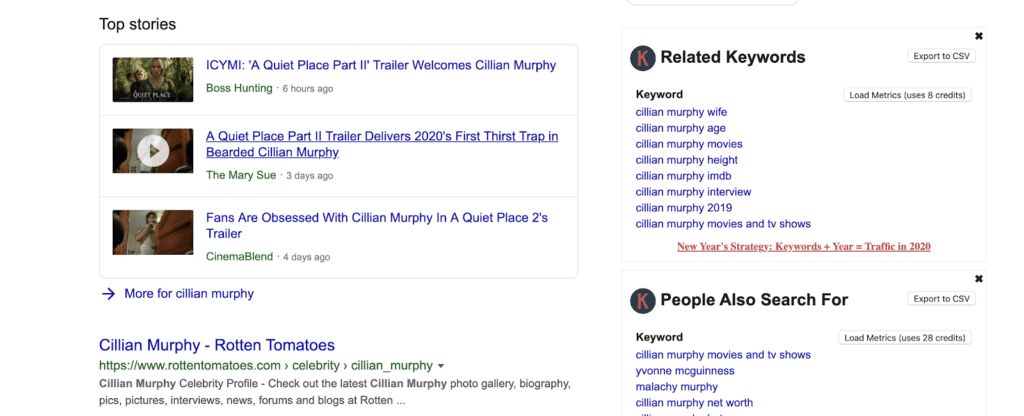Are you interested in learning more about a semantic search? If that answer is yes, then keep on reading. Google makes regular adjustments to its algorithm in aim of improving user experience. The focus being to return the best and most relevant results to the user following their search query. One feature that Google has been working on in its algorithm updates is the use of semantic search, which is how Google contextually understands a user’s question.
What Is Semantic Search?
Hubspot define semantic search as the following:
“Semantic search is concerned with the intent of a person’s query. Using synonyms, context, and natural language processing (NLP), search engines can sort searches into topics, understand the context of a question, and improve the accuracy and relevancy of their results.”
It creates a better user experience and disregards low-quality content using black hat SEO methods, such as keyword stuffing.
So, How Does It Work?
Algorithms in search engines identify relatable datasets. This works by matching keywords with common synonyms, recognising a common topic among the content pieces, and interpreting natural language to contextually understand its subject to deliver the most relevant results.
Contact Us
For instance, in the example below, Google understands what the related searches are for “Peaky.” It knows that if I’m searching for “Peaky,” that I probably mean “Peaky Blinders” and that I might be interested in looking up the cast, the Peaky Blinders haircut or the different seasons. That’s what semantic search is.
Search engines will analyse related topics to help return the most relevant results to the user. This includes people, places, things, concepts, news or ideas. In the example below, when I searched for “Cillian Murphy,” it pulled up related videos, news stories, a biography and his films and TV shows. Anything that the algorithm determined might provide value or might be of interest to me, that is related to Cillian Murphy on the first results page.


This is not to be confused with latent search indexing (LSI).
So What Is The Difference Between Semantic Search And LSI?
Semantic search – As briefly mentioned, search engines use NLP and context to improve the accuracy and relevancy of their results for semantic search.
LSI – LSI is a system from the 1980s, search engines use it to analyse the other words people use surrounding a given topic and to identify potential relationships between terms and concepts. The idea is to make it easier to recognise searcher’s intent so that the search algorithm delivers the most relevant result to the user.
What Impact Does Semantic Search Have On SEO?
Semantic search is a key ranking factor and has an impact on everyone using search engine optimisation. Your SEO strategy should pay careful consideration to the algorithm.
When optimising your content for semantic search you should ask the following questions:
- Is it optimised for voice search?
- Does it have a conversational tone?
- Does it include synonyms of the topic?
- Have you linked to related topics that the user might find interesting (also known as content clusters?)
- Does your content answer audience’s questions comprehensively?
Related: What is a Content Cluster? Everything you need to know
These questions are important because this is how the search engine determines your ranking in the SERPs.
What’s The Best Way To Optimise Copy To Rank Higher On Search Engines?
How To Optimise For Semantic Search?
1. Understand User Intent.
If you can understand why a user is searching for something this will help with keyword optimisation. What is it exactly the user wants the answer to or is looking for? Once you have clarity on this you will be able to create content that directly answers their questions.
2. Add Value.
The objective of any content should be to add value to your audience. If your content doesn’t add value to your audience all the SEO tactics in the world won’t help, you need to engage the user. The Google algorithms can analyse your content to determine if it’s high quality and whether it will add value, therefore you should always write with your audience in mind.
3. Provide Comprehensive Answers To User Questions
Once you have decided on a topic and researched relevant keywords, you should take a look at commonly asked questions surrounding your topic. Then, you know exactly what question you need to be answering and you know it’s going to provide value to your audience. Providing a clear, concise answer within your content will also help you appear in the featured snippet box.
4. Use Conversational / Natural Language.
When creating content for the user it’s important to use natural language and include related topics and synonyms. This makes your content easy to read and understand, and keeps the visitor on your page longer. Natural language will also help you optimise for voice search. With voice search getting more popular by the minute it’s essential to include long-form questions and search terms in your copy.
Related: Should Voice Search Be Part of Your 2020 SEO Strategy?
5. Build Credibility And Authority.
When creating content your goal should always be to build credibility and authority amongst your audience and competitors. The higher your authority, the higher you’ll rank in the SERPs. In order to build credibility, you should focus on your brand persona and your brand voice. Make sure you’re consistent with content, social media and engaging with your audience. And always work with the aim of adding value to your audience.
6. Create Content Clusters
One way to really optimise for semantic search is to create out long-form articles with a strategic topic ideation structure also known as “topic clusters”, or “content clusters.” Long-form articles cover topics in more depth. Additionally, there is a proven correlation between content length and SERP position.
Why Is Semantic Search Important?
Semantic search is designed to help search engines provide the most relevant search results to the user, therefore providing the best possible user experience. For that reason, Google is highly focused on quality content. There is a significant connection between contextual content, long-form content, and topic modelling (content clusters).
It’s important to bear all of this in mind when you’re developing a content strategy to boost your search engine rankings.
Want to learn more about SEO? Click here for our FREE beginners guide to SEO.

